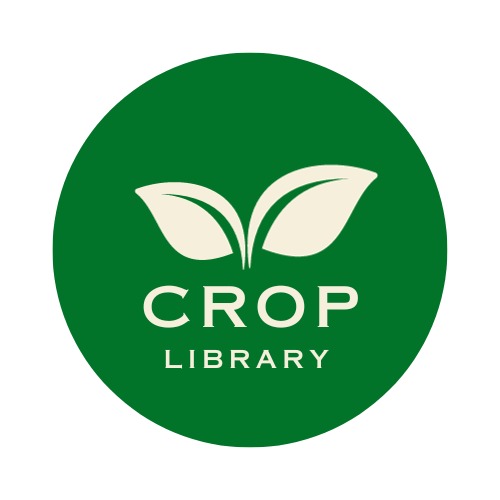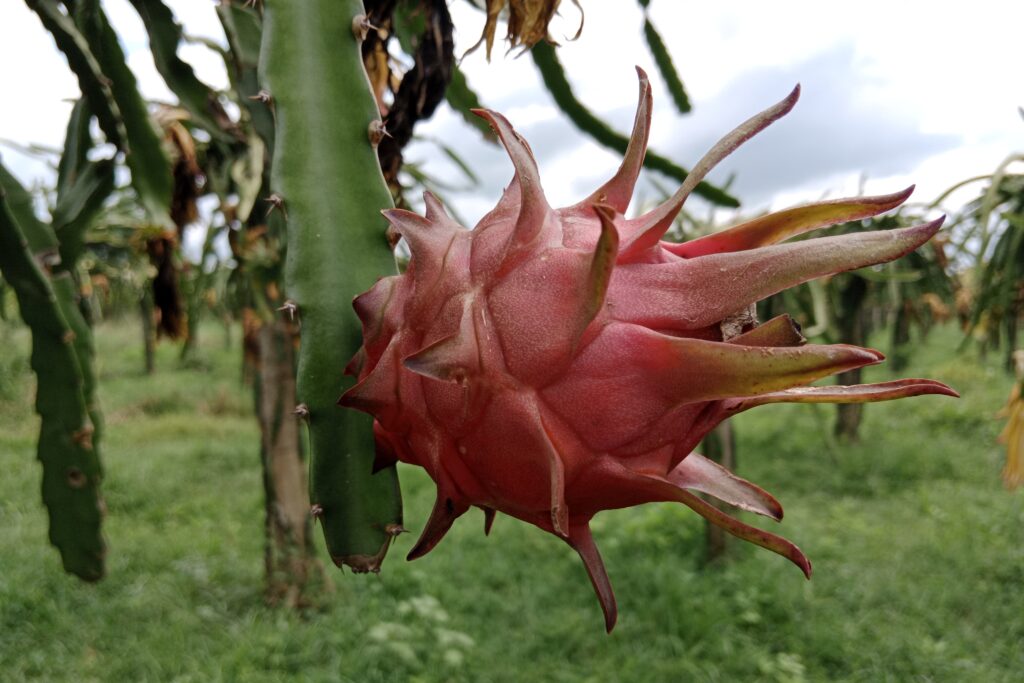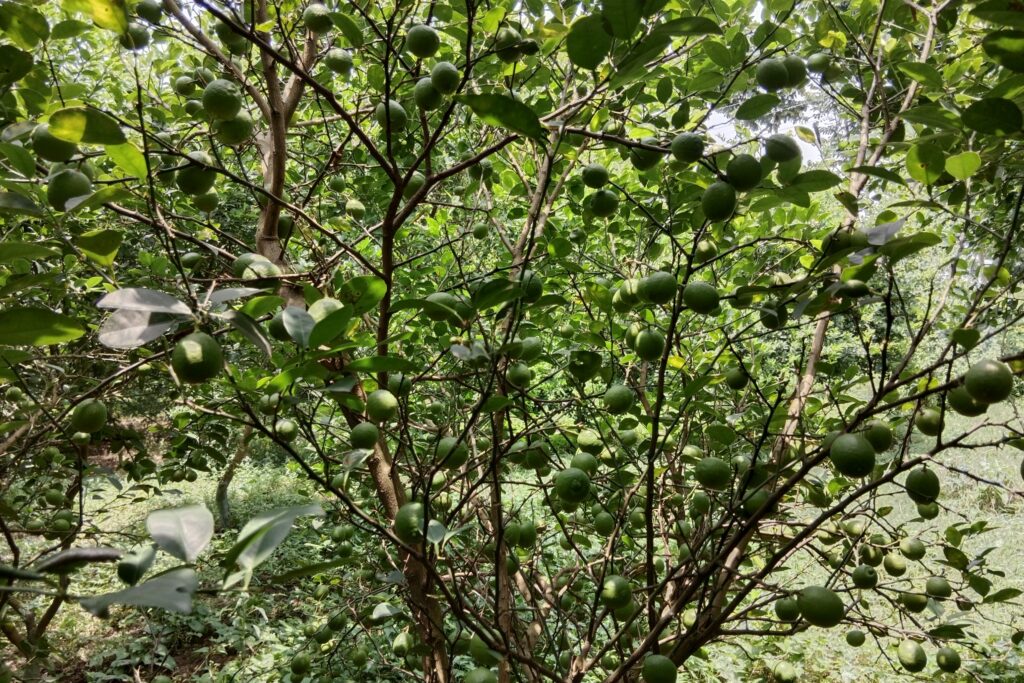What is an Auchenorrhyncha?
The insect suborder Auchenorrhyncha, encompassing cicadas (Cicadina) and leafhoppers, represents a captivating group of insects celebrated for their distinctive morphological traits, fascinating behaviors, and vital ecological roles. With their triangular-shaped heads, short bristle-like antennae, and specialized proboscis adapted for piercing and feeding on plant sap, these insects are marvels of evolutionary design.
Beyond their physical adaptations, Auchenorrhyncha showcase remarkable communication strategies—cicadas produce iconic mating calls using tymbals, while leafhoppers rely on subtle substrate vibrations to interact. Ecologically, they play crucial roles as herbivores, prey, and even vectors of plant pathogens, influencing both natural ecosystems and agricultural landscapes. In this post, we delve into the intriguing world of Auchenorrhyncha, exploring their characteristics, behaviors, and dual significance as ecological contributors and agricultural pests.
Morphological Characteristics of Auchenorrhyncha
Auchenorrhyncha insects are easily recognizable by their distinctive physical features, which have evolved to suit their lifestyles. Here’s a closer look at their key morphological characteristics:

Head Shape and Antennae
Auchenorrhyncha are characterized by their distinctive triangular head shape, which, when viewed from the side, gives them a streamlined and angular appearance. Complementing this unique morphology are their short, bristle-like antennae, a defining feature that distinguishes this group from other insects.
Proboscis: The Piercing-Sucking Mouthparts
Auchenorrhyncha possess a specialized proboscis located on the underside of their heads, which is uniquely adapted for piercing plant tissues and feeding on sap. This remarkable feeding structure not only defines their ecological role as herbivores but also lends the suborder its name—”Auchenorrhyncha,” derived from the Greek words for “neck” and “beak,” emphasizing the significance of this adaptation.
Powerful Jumping Legs
Auchenorrhyncha are renowned for their powerful hind legs, which are highly specialized for jumping and have earned many species the nickname “leafhoppers.” These legs are driven by robust muscles housed in the metathorax, providing the agility and strength needed to leap significant distances, allowing them to evade predators effectively.
Wings: A Roof-Like Resting Position
Their wings are well-developed and, when at rest, are held in a distinctive roof-like position over their backs. This is a key identifying feature of the group.
Also Read About: Mealy Bug & it’s impact on agriculture
Reproductive and Feeding Behaviors Auchenorrhyncha
Auchenorrhyncha exhibit fascinating reproductive and feeding strategies that underscore their adaptability:
Ovipositor and Egg-Laying
Females possess an ovipositor, a specialized organ used to deposit eggs into plant parenchyma (soft tissue). This ensures the eggs are protected and have access to nutrients as they develop.
Herbivorous Diet
Auchenorrhyncha are strictly herbivorous insects, relying exclusively on plant sap for sustenance. Using their piercing-sucking mouthparts, they extract nutrients from various plant tissues, including phloem, xylem, or parenchyma. However, their feeding habits can sometimes harm plants, as certain species inject toxic saliva during feeding, leading to a condition known as “hopper burn,” which manifests as yellowing, browning, or even the death of affected plant tissues.
Communication: Sounds and Vibrations Auchenorrhyncha
Communication is one of the most fascinating features of Auchenorrhyncha, showcasing their evolutionary adaptations to interact within their environment. Cicadas and leafhoppers, two prominent members of this suborder, have developed distinct methods of communication that reflect their unique ecological niches.

Cicadas
Cicadas, sometimes referred to as “nature’s sound engineers,” are well known for their booming, repetitive calls that permeate the summertime. During mating, males mostly employ these sounds to entice females, which are produced by specific organs on their abdomens called tymbals. Each species of cicada has a distinct call that adds to the intricate symphony of sounds that is a wonderful example of natural acoustics as well as a summertime hallmark.
Leafhoppers
Leafhoppers rely on a more subtle but equally effective mode of communication: substrate vibrations. Rather than producing audible sounds, leafhoppers transmit low-frequency vibrations through the stems and leaves of the plants they inhabit. These vibrations, often imperceptible to human ears, play a crucial role in mating rituals and other social interactions, allowing leafhoppers to communicate discreetly in their dense plant environments.
Together, these communication strategies highlight the remarkable diversity within Auchenorrhyncha and underscore their specialized adaptations to survive and thrive in complex ecosystems.
Ecological and Agricultural Significance Auchenorrhyncha
Auchenorrhyncha hold a dual significance in both natural ecosystems and agricultural settings, serving as key players in ecological processes while also posing challenges as pests.
Ecological Roles
By consuming plant sap and releasing honeydew, a sweet byproduct that benefits other creatures in the ecosystem, these herbivorous insects aid in the nutrition cycle. In addition to providing a substrate for the growth of sooty mold, which affects plant-microbe interactions, honeydew draws ants, promoting mutualistic partnerships. Auchenorrhyncha are also a vital component of the food chain, acting as prey for a wide variety of predators, such as parasitic wasps, birds, and spiders. This predation keeps ecosystems in balance and supports the numbers of their natural foes. Despite their ability to upset agricultural systems, Auchenorrhyncha demonstrate their ecological significance by carrying out these functions.
Agricultural Impact
Certain species of Auchenorrhyncha, such as the brown planthopper (Nilaparvata lugens) and the green rice leafhopper (Nephotettix bipunctatus), are among the most destructive pests in rice-growing regions of South and East Asia. These insects cause extensive damage to rice crops, both through direct feeding, which weakens and stunts the plants, and by serving as vectors for plant viruses and phytoplasmas. Their ability to transmit these pathogens often leads to severe diseases in rice plants, resulting in substantial crop losses and posing a major challenge to agricultural productivity in affected areas.
Natural Enemies: Nature’s Pest Control
Auchenorrhyncha populations are kept in check by a variety of natural enemies, which play a crucial role in maintaining ecological balance:
Predatory Species
Generalist predators like lady beetles, lacewings, and spiders feed on Auchenorrhyncha at various life stages.
Specialized Parasitoids
Parasitic wasps (e.g., Dryinidae, Trichogrammatidae) and flies (e.g., Pipunculidae) target Auchenorrhyncha eggs, nymphs, or adults, preventing their populations from exploding.
Managing Auchenorrhyncha in Agriculture
Auchenorrhyncha, which include cicadas and leafhoppers, are not only fascinating insects but also significant agricultural pests, particularly in regions where crops like rice are staple foods. Their ability to feed on plant sap and transmit pathogens makes them a major threat to crop health and productivity. Effective management of Auchenorrhyncha populations is essential to minimize their impact and ensure sustainable agricultural practices. Here’s a detailed look at the key strategies for managing these insects:

Monitoring and Early Detection
Why It’s Important
Early detection of Auchenorrhyncha infestations is essential to preventing significant damage. These insects can harm plants and make them more vulnerable to disease because of their rapid pace of reproduction and eating habits.
How It’s Done
Frequent Field Inspections: To detect Auchenorrhyncha, farmers and agricultural specialists often inspect crops, especially during susceptible growth stages.
Utilization of Traps: To track insect numbers and identify early indications of infestation, yellow sticky traps or light traps can be set up.
Technology & Remote Sensing: Cutting-edge instruments such as satellite images and drones can assist in locating crop stress zones, which may be a sign of pest activity.
Benefits
- Early intervention reduces the need for extensive pesticide use.
- Prevents the spread of plant pathogens transmitted by Auchenorrhyncha.
Biological Control: Harnessing Natural Enemies
Why It’s Important
Biological control leverages the natural predators and parasitoids of Auchenorrhyncha to keep their populations in check. This approach is environmentally friendly and reduces reliance on chemical pesticides.
How It’s Done
Encouraging Predatory Species: Insects like lady beetles, lacewings, and spiders are natural predators of Auchenorrhyncha. Planting hedgerows or maintaining diverse habitats can attract these beneficial insects.
Introducing Parasitoids: Parasitic wasps (e.g., Dryinidae, Trichogrammatidae) and flies (e.g., Pipunculidae) target Auchenorrhyncha eggs, nymphs, or adults. These can be introduced into fields as part of integrated pest management (IPM) programs.
Conservation of Natural Habitats: Preserving natural ecosystems around agricultural fields helps maintain populations of natural enemies.
Benefits
Preserves biodiversity and ecological balance in agricultural landscapes; lessens the need for chemical pesticides, encouraging sustainable farming.
Resistant Crop Varieties: Breeding for Resilience
Why It’s Important
Developing and planting crop varieties that are resistant to Auchenorrhyncha and the pathogens they transmit is a long-term solution to pest management. Resistant plants can withstand feeding damage and reduce the spread of diseases.
How It’s Done
Selective Breeding: Scientists and breeders identify and crossbreed plants with natural resistance to Auchenorrhyncha.
Genetic Engineering: Advanced biotechnological techniques, such as CRISPR, can be used to introduce resistance genes into crops.
Field Trials: Resistant varieties are tested in real-world conditions to ensure their effectiveness and adaptability.
Examples
In rice-growing regions, varieties resistant to the brown planthopper (Nilaparvata lugens) and green rice leafhopper (Nephotettix bipunctatus) have been developed to combat these destructive pests.
Benefits
- Reduces crop losses and improves yields.
- Decreases reliance on chemical pesticides, lowering production costs and environmental impact.
Integrated Pest Management (IPM): A Holistic Approach
Why It’s Important
IPM combines multiple strategies to manage pest populations in an environmentally and economically sustainable way. It focuses on long-term prevention and minimizes risks to human health and the environment.
How It’s Done
Cultural Practices: Auchenorrhyncha life cycles can be disturbed by crop rotation, intercropping, and maintaining appropriate field hygiene.
Chemical Management (When Required): As a last option, targeted application of pesticides—ideally ones that are less detrimental to beneficial insects—can be used.
Training and Education: Farmers receive instruction on the biology of Auchenorrhyncha, monitoring methods, and sustainable management approaches.
Benefits
- Provides a balanced approach to pest control.
- Enhances the resilience of agricultural systems.
Community and Regional Collaboration
Why It’s Important
Auchenorrhyncha, particularly migratory species, can affect large areas, making regional cooperation essential for effective management.
How It’s Done
Information Sharing: Farmers, researchers, and policymakers collaborate to share knowledge about pest outbreaks and management strategies.
Coordinated Efforts: Regional programs can be established to monitor and control Auchenorrhyncha populations across large areas.
Policy Support: Governments and agricultural organizations can provide resources and incentives for adopting sustainable pest management practices.
Benefits
- Enhances the effectiveness of pest control measures.
- Reduces the risk of widespread crop damage and economic losses.
Conclusion
Auchenorrhyncha, with their unique adaptations and behaviors, are a fascinating group of insects that play important roles in both natural ecosystems and agricultural systems. While their ability to jump, fly, and communicate makes them remarkable, their impact as pests and disease vectors highlights the need for sustainable management practices. By understanding their ecology and interactions with natural enemies, we can better appreciate their complexity and work toward balancing their roles in nature and agriculture.


